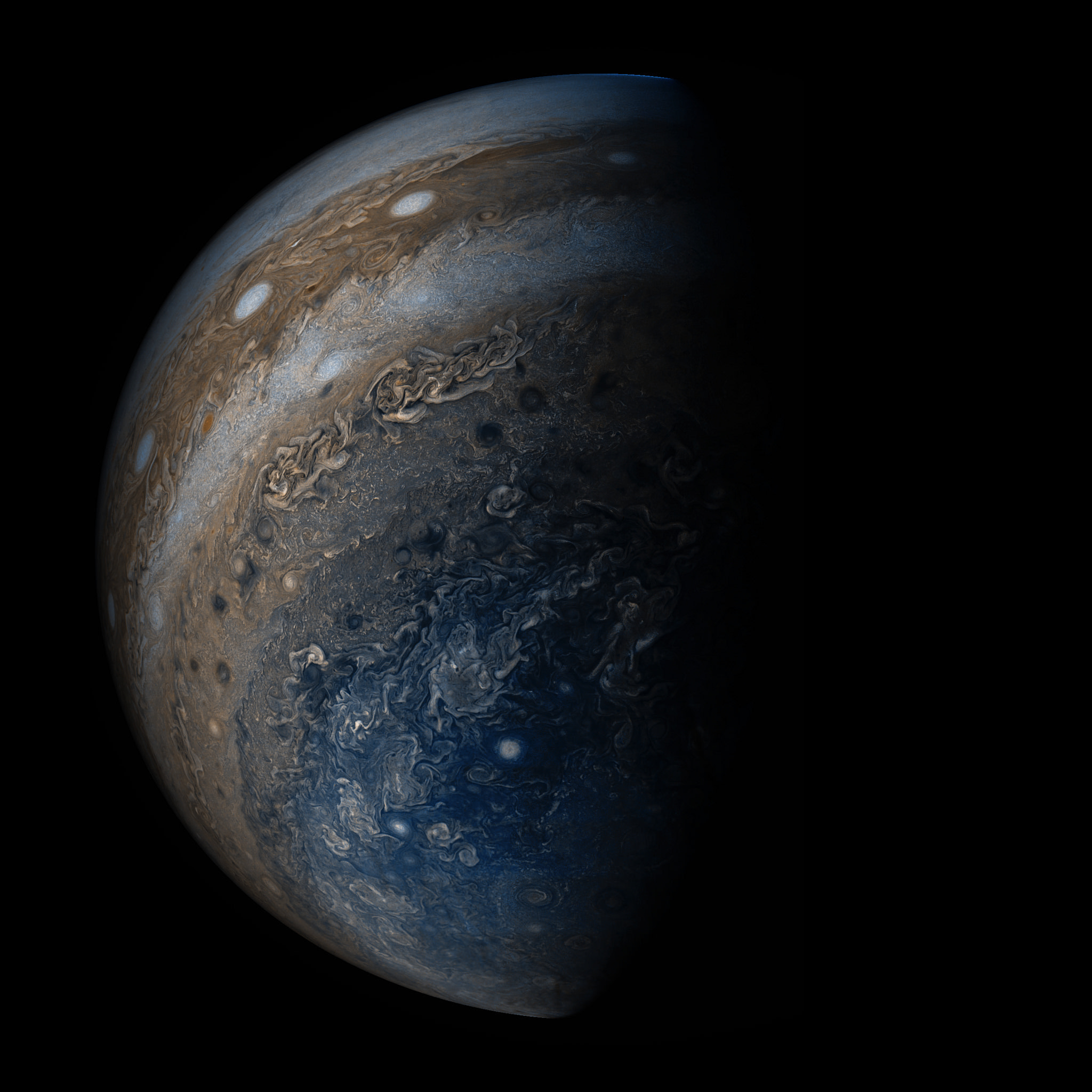
The first in-depth science results from the Juno mission at Jupiter were presented yesterday morning in a NASA media teleconference, and as referred to in the press release, they do indeed reveal “a whole new Jupiter.” The Solar System’s largest planet is incredibly active and complex, with polar cyclone storm systems as large as Earth, other storms which plunge deep down into the atmosphere and an immense, but lumpy, magnetic field. Juno has sent back the most detailed images ever taken of the planet, showing the atmospheric storms and other features, including Jupiter’s rings, as never before.
“We are excited to share these early discoveries, which help us better understand what makes Jupiter so fascinating,” said Diane Brown, Juno program executive at NASA Headquarters in Washington. “It was a long trip to get to Jupiter, but these first results already demonstrate it was well worth the journey.”
Scientists already knew of course, before Juno, that Jupiter was a dynamic planet, but as often happens in planetary science, it has turned out to be even more amazing than previously thought.
“We knew, going in, that Jupiter would throw us some curves,” said Scott Bolton, Juno principal investigator from the Southwest Research Institute in San Antonio. “But now that we are here we are finding that Jupiter can throw the heat, as well as knuckleballs and sliders. There is so much going on here that we didn’t expect that we have had to take a step back and begin to rethink of this as a whole new Jupiter.”
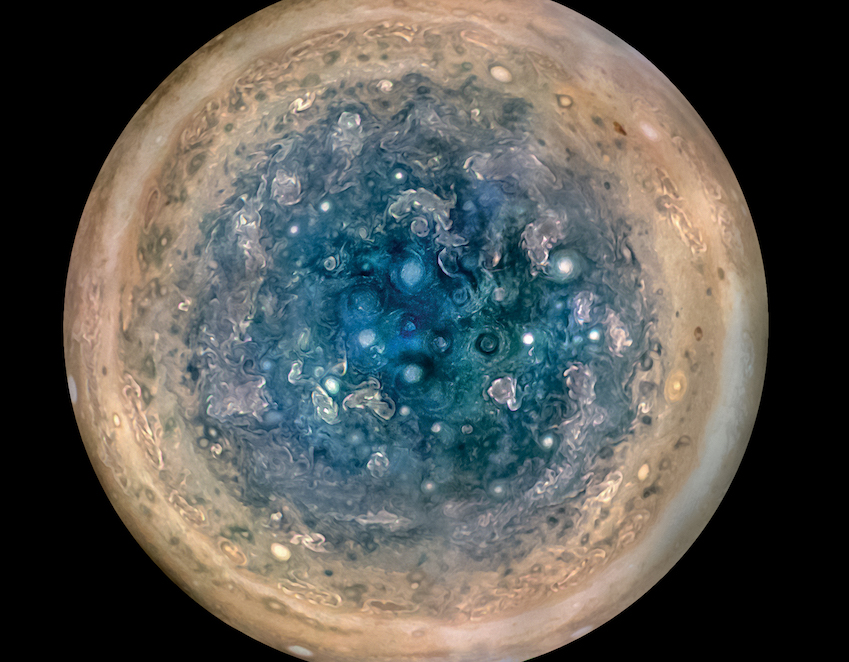

The most obvious features are of course the planet’s belts of clouds with many circular storm systems, including the Great Red Spot. Even small telescopes can see some of these details. But now with Juno, we can see just how complex Jupiter’s atmosphere is, such as at the poles; previous spacecraft had glimpsed the poles before, but due to being in a polar orbit, Juno has provided the first detailed look at them, and they are incredible. While Jupiter’s equatorial regions are dominated by bands of clouds, the poles are covered in many cyclone-type storms each as large as the Earth. They are densely clustered and often rub against each other.
“We’re puzzled as to how they could be formed, how stable the configuration is, and why Jupiter’s north pole doesn’t look like the south pole,” said Bolton. “We’re questioning whether this is a dynamic system, and are we seeing just one stage, and over the next year, we’re going to watch it disappear, or is this a stable configuration and these storms are circulating around one another?”
Other data from Juno shows that the equatorial belts and zones are also perplexing – the belt closest to the equator penetrates very deep down into the atmosphere, while other belts apparently evolve into different structures farther down. These measurements come from Juno’s Microwave Radiometer (MWR), which samples the thermal microwave radiation from Jupiter’s atmosphere, from the top of the ammonia clouds to deep down in the atmosphere.
“We’ve known there’s a spike at the equator, but the new microwave data is showing that the spike goes way, way down into the abyss, 300 kilometers below the cloud,” said Leigh Fletcher of the University of Leicester, UK. “It suggests ammonia is being distributed by a weather system that penetrates much deeper than anyone expected.”

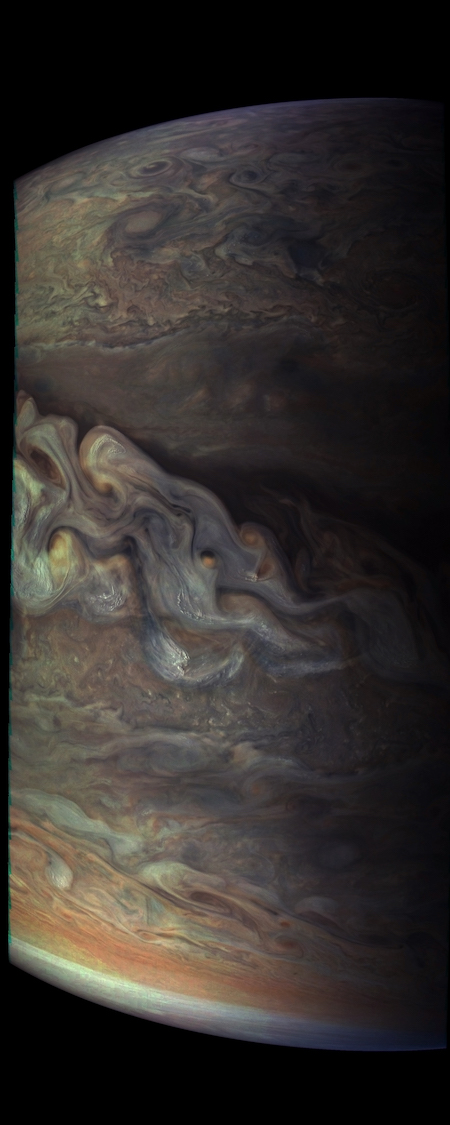
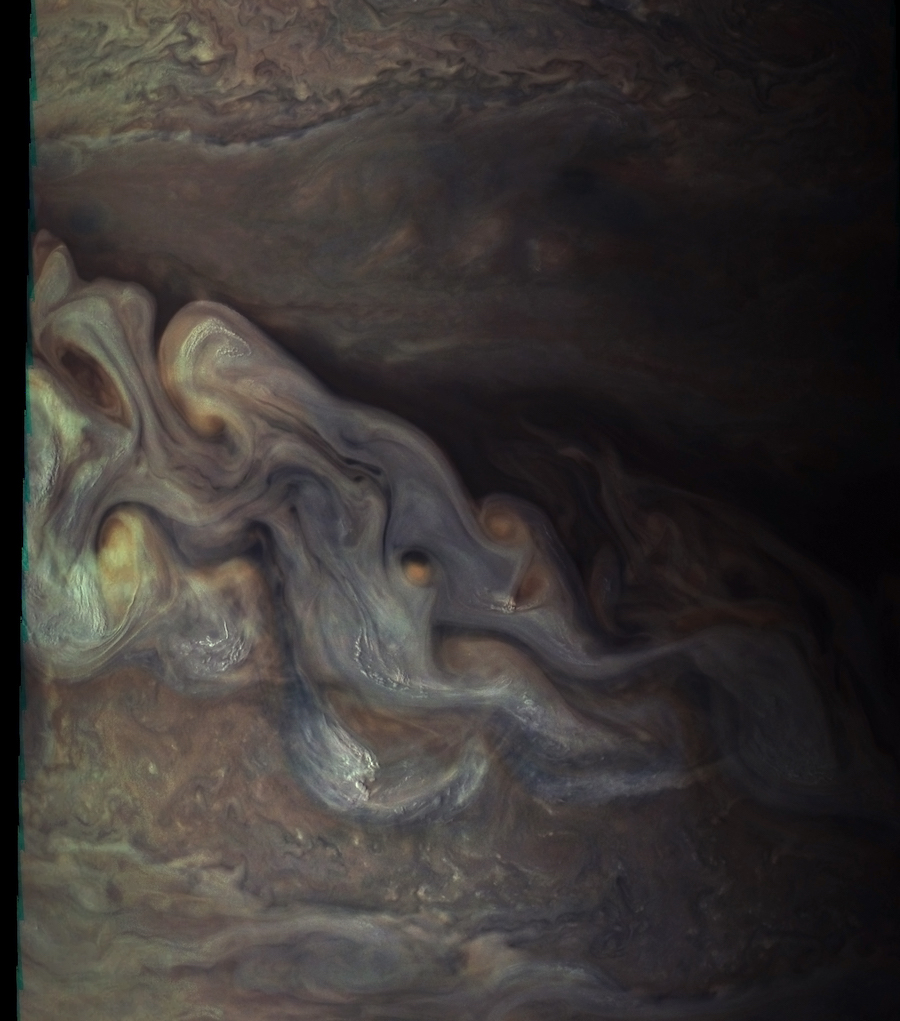
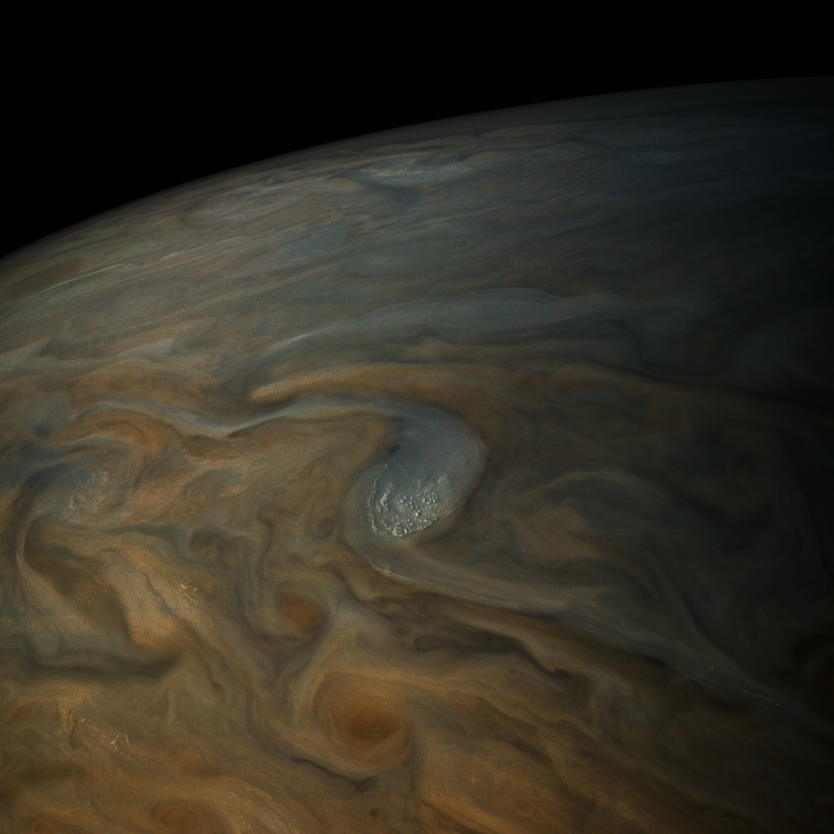
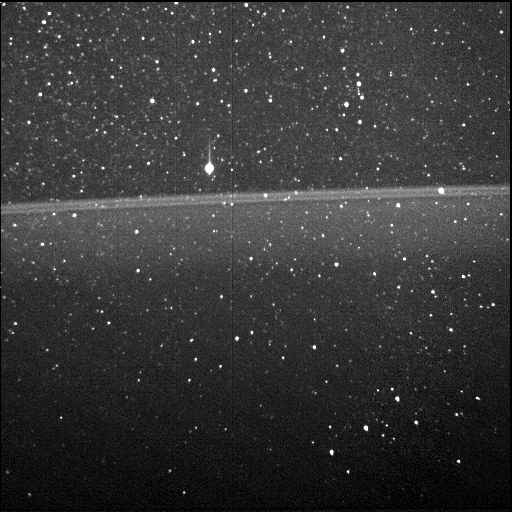
It should be remembered that Jupiter has no solid surface as such below the clouds, the atmosphere just keeps getting progressively denser until you reach the core. Previous models of Jupiter’s interior had been based only on gravitational measurements of the planet, but the new findings are providing a lot more detail. It also seems that Jupiter’s interior is not as uniform as once thought.
“Jupiter’s molecular envelope is not uniform,” said Tristan Guillot of the University of the Cote d’Azur in France. “We assumed we could treat the envelope as global, but now, with the finer data, it appears less regular.”
Instead of a solid core, the data now suggests that Jupiter has a more “fuzzy” core, which is dilutely mingled with the overlying metallic hydrogen layer.
Jupiter also has a very strong magnetic field, the most intense in the Solar System. Now we know it is even stronger than first thought, thanks to Juno. It is also more irregular or “lumpy.”
“Juno is giving us a view of the magnetic field close to Jupiter that we’ve never had before,” said Jack Connerney, Juno deputy principal investigator and the lead for the mission’s magnetic field investigation at NASA’s Goddard Space Flight Center in Greenbelt, Maryland. “Already we see that the magnetic field looks lumpy: it is stronger in some places and weaker in others. This uneven distribution suggests that the field might be generated by dynamo action closer to the surface, above the layer of metallic hydrogen. Every flyby we execute gets us closer to determining where and how Jupiter’s dynamo works.”
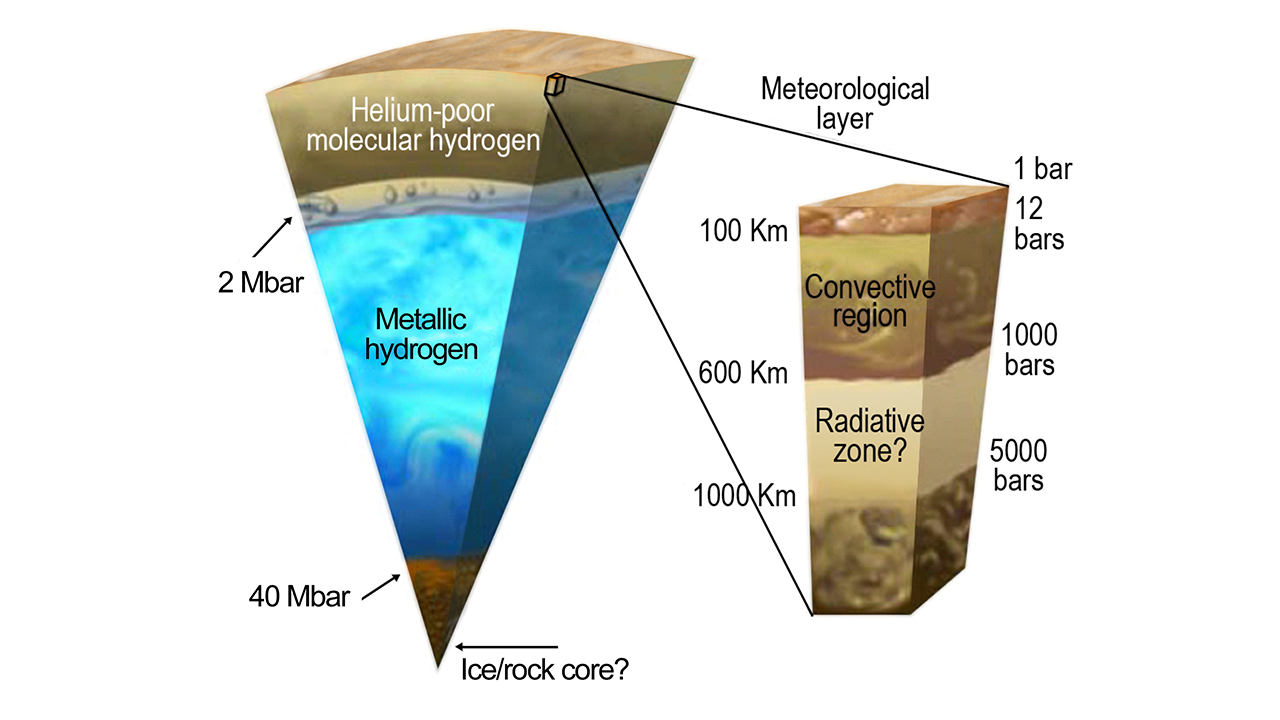
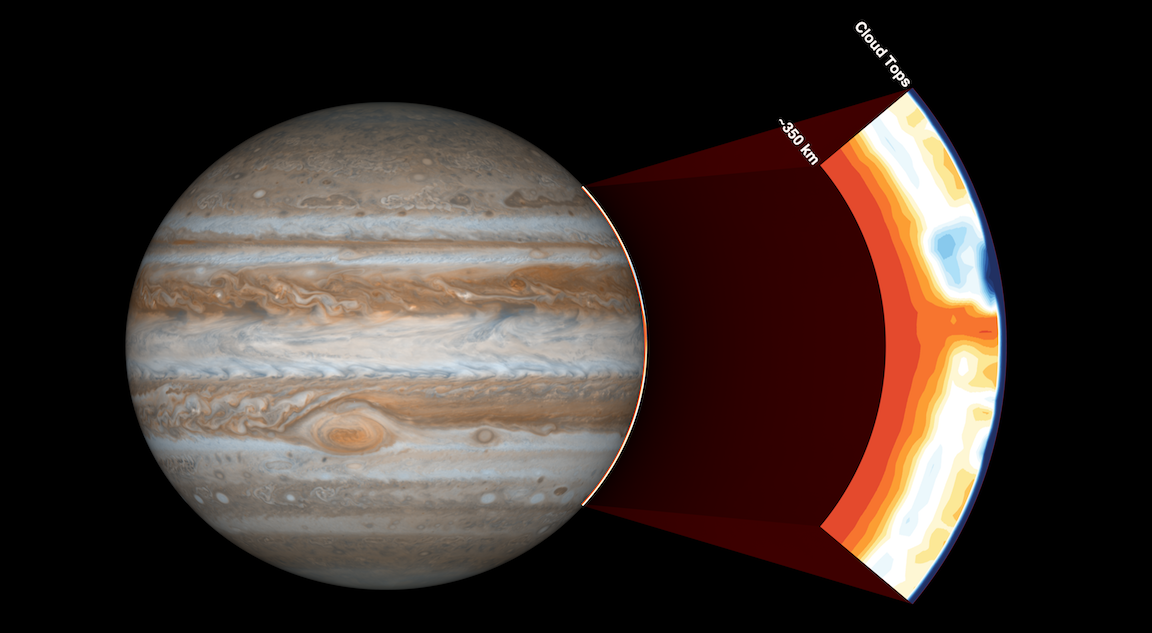
Juno’s magnetometer investigation (MAG) found that the magnetic field is as strong as 7.766 Gauss, which is about 10 times stronger than the most powerful magnetic field on Earth.
Along with the powerful magnetic field, Jupiter has incredible aurora displays at its poles – again more intense than those on Earth, and they also seem to behave differently than auroras on Earth.
Some of these new results had also been discussed almost a month ago at the European Geosciences meeting, but the new NASA briefing presented the latest information available with additional images.
“The whole inside of Jupiter is just working differently than our models expected,” said Bolton at the time.
Juno orbits Jupiter every 53 days, soaring over the planet’s poles, allowing the spacecraft to get views never possible before.
“Every 53 days, we go screaming by Jupiter, get doused by a fire hose of Jovian science, and there is always something new,” said Bolton. “On our next flyby on July 11, we will fly directly over one of the most iconic features in the entire solar system – one that every school kid knows – Jupiter’s Great Red Spot. If anybody is going to get to the bottom of what is going on below those mammoth swirling crimson cloud tops, it’s Juno and her cloud-piercing science instruments.”
One of the new images also shows Jupiter’s main ring, from the inside looking out, something not possible before. It is reminiscent of Cassini’s latest views of Saturn’s rings from between the planet and the rings. It’s been known for a long time that Jupiter has rings, they just are not nearly as prominent as Saturn’s.
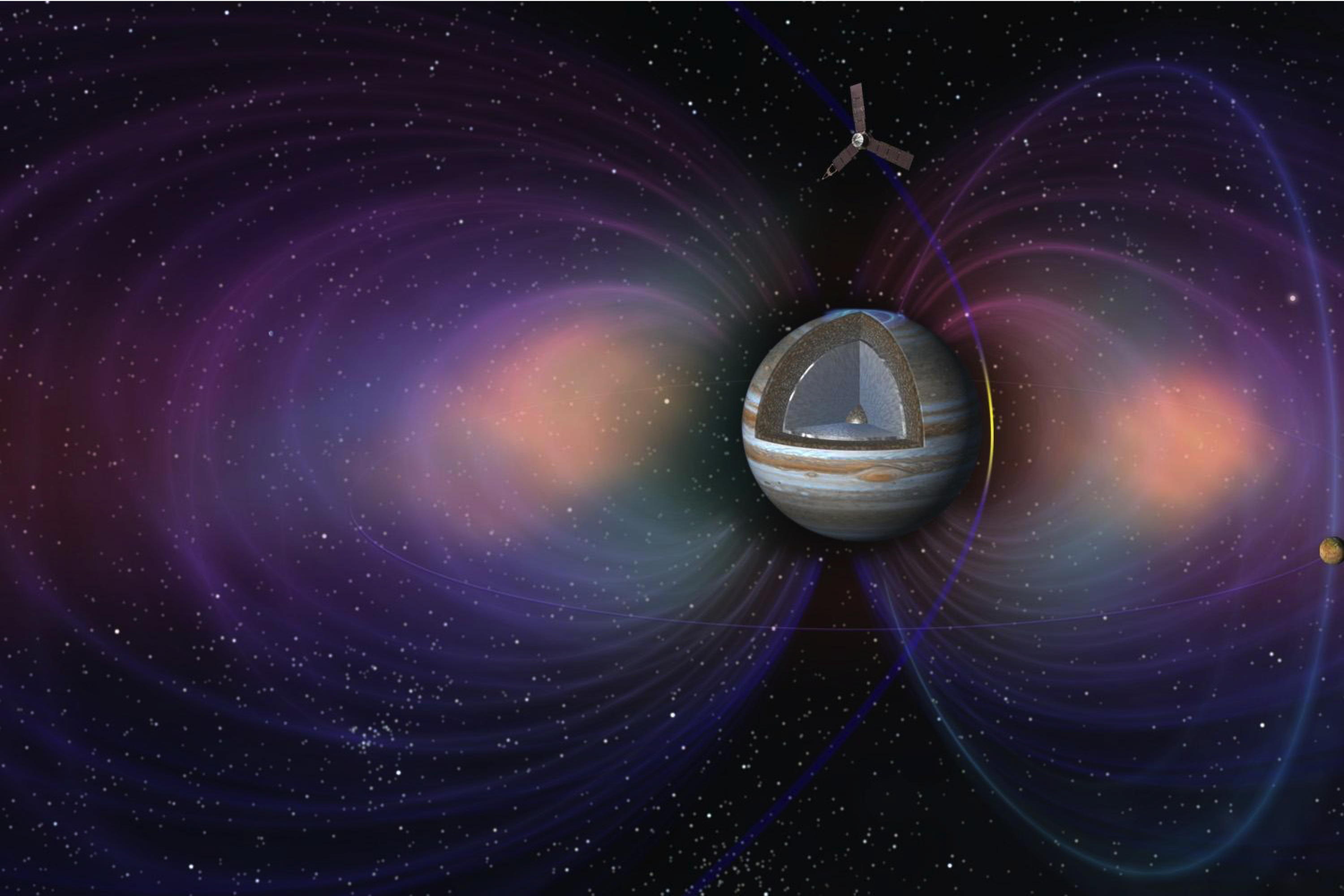
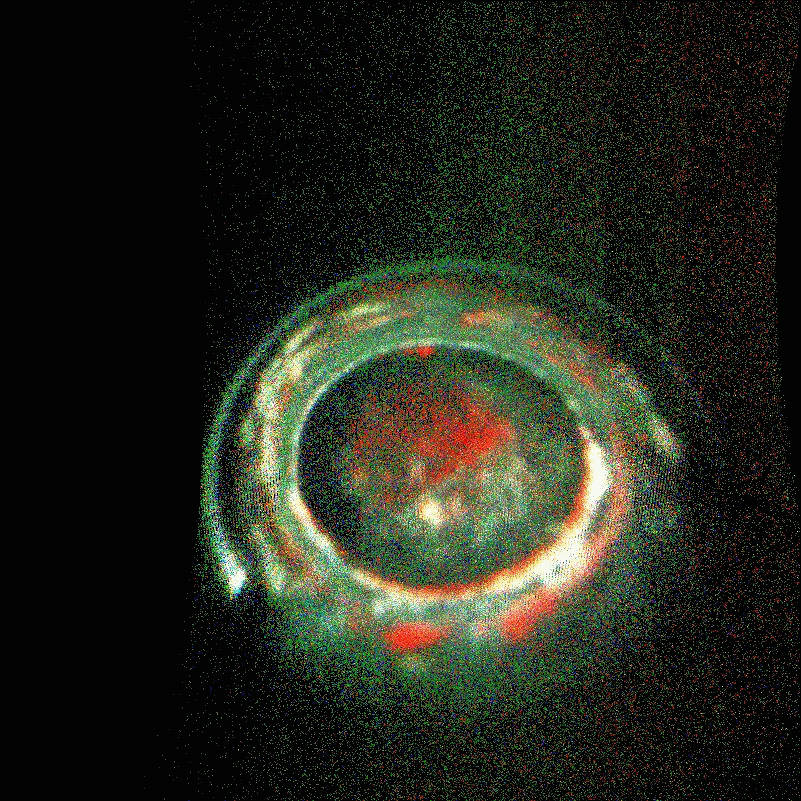
Juno just completed its sixth close flyby of Jupiter, during which some of the most amazing images were taken so far. The JunoCam is a public outreach camera, and a lot of fantastic image processing has been done by people not part of the mission team, such as Seán Doran. The images are breathtaking and show Jupiter in a way never seen before. Even (relatively) tiny white clouds can be seen floating above the main storms and cloud belts.
The mission has been almost flawless so far, although a problem with the engine caused the mission team to announce that it would stay in the orbit for the rest of the mission, instead of moving in to a closer orbit as planned. Fortunately, that doesn’t affect the science too much, and in some ways actually helps it. It also means that Juno will experience less intense radiation from Jupiter.
“Juno is providing spectacular results, and we are rewriting our ideas of how giant planets work,” said Bolton. “The science will be just as spectacular as with our original plan.” He also noted that “Another key advantage of the longer orbit is that Juno will spend less time within the strong radiation belts on each orbit. This is significant because radiation has been the main life-limiting factor for Juno.”
Juno is not only rewriting the textbooks about Jupiter, it is also helping scientists to understand how gas giants in general form and evolve, including, perhaps, Jupiter-type (and larger) exoplanets in other Solar Systems as well.
More information about the Juno mission is available here and here. More teleconference images are here and this list of related abstracts. You can also see Seán Doran’s breathtaking images in higher resolution on his Flickr.
Be sure to “LIKE” AmericaSpace on Facebook and follow us on Instagram & Twitter!






MIND BOGGLING!!!!! ABSOLUTELY MIND BOGGLING!!!!! Weather like no one has ever imagined possible with snow and hail, lightning and chemical rains.
All this Knowledge shows the NEED for MORE Exploratory Probes in the Class of Next Generation Voyagers, Galileo, Cassini, Juno, etc.
I’d like to see tethers used to generate massive amounts of power–harvested from Jupiter–and used to power a big radar to scan Europa.
Maybe a self powered x-ray array.
Good Idea, Jeff. I think there is some low to moderate level research being done on that.